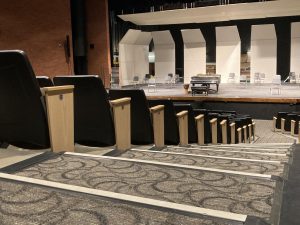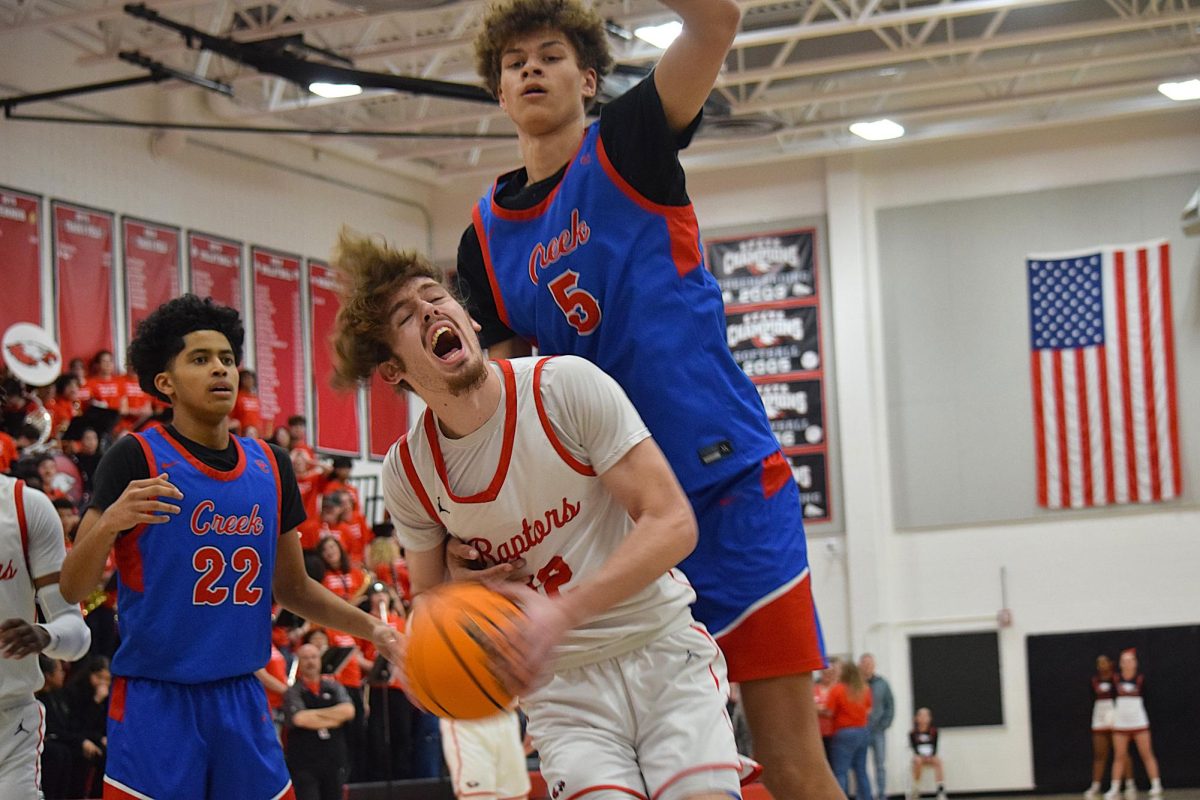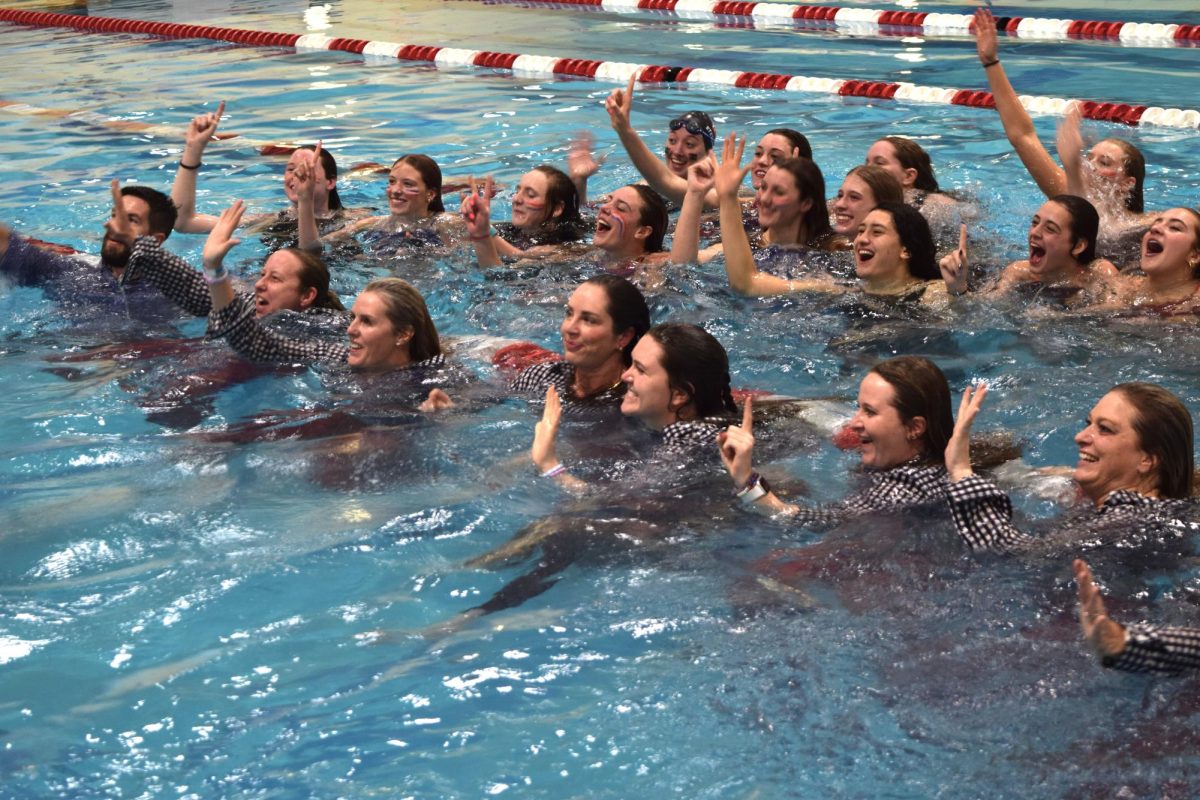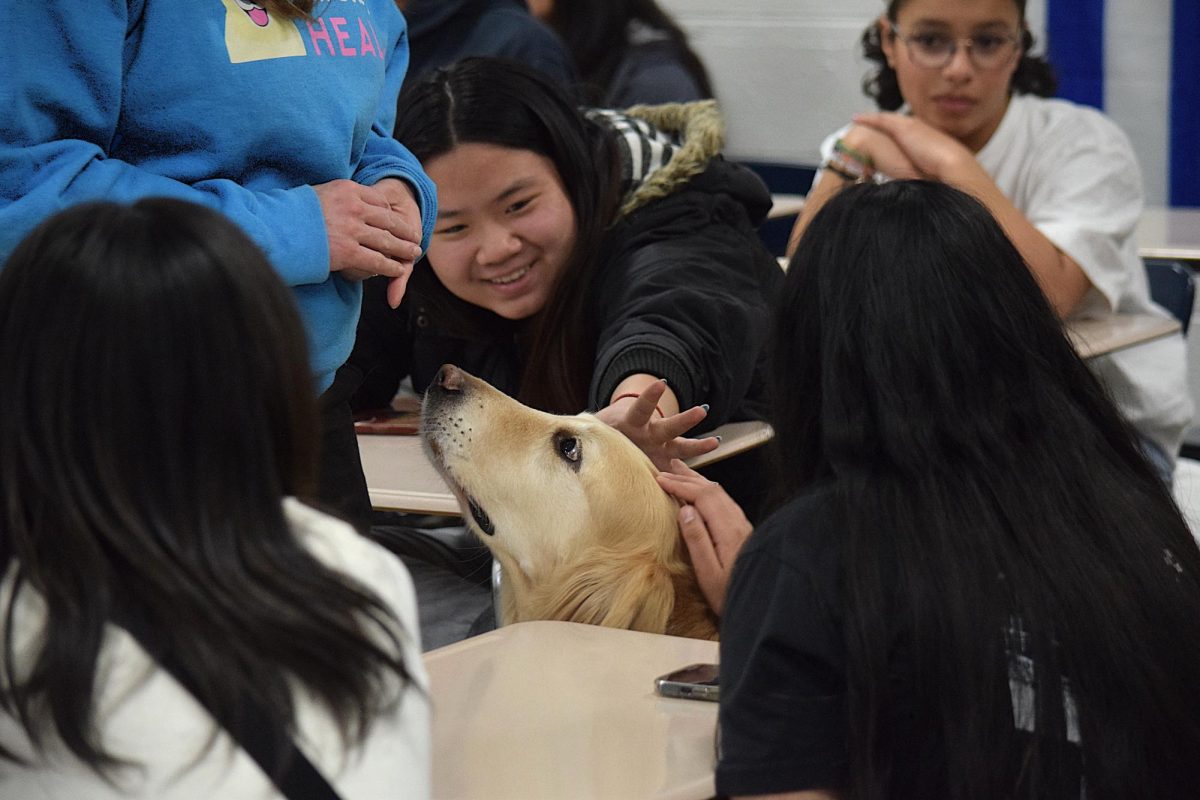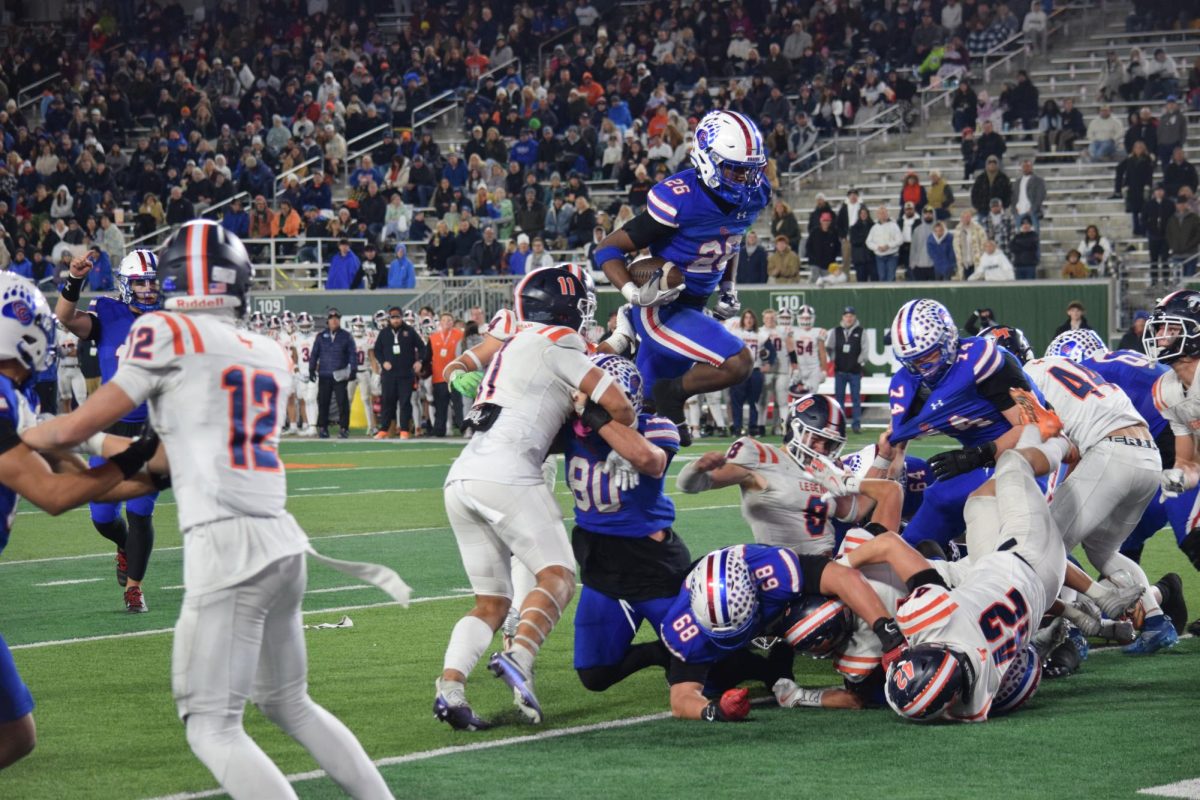How foreign language teachers are handling remote learning
Three foreign language teachers explain how their class has changed becasue of remote learning.
December 7, 2020
Foreign language is a subject that is usually taught on a daily basis to help students retain knowledge. The COVID-19 pandemic forced teachers to take this everyday learning and morph it into an every-two-or-three-day learning structure. With this new system comes multiple hardships, but also room for creativity, as foreign language teachers try to navigate the bumpy road that is remote learning.
Spanish
Perhaps more important than the fact that teachers cannot teach students in-person is the wrench that remote learning throws into the normal student-teacher dynamic. Spanish teacher Susan Mosby, who has been teaching at Creek for 18 years, is missing her emotional connections with students more than anything else.
“Students come in, we look each other in the eye, we have the smiles,” Mosby said. “Last year there was 100 times more laughter and ease of movement. We had a lot more interactive types of activities that allowed me to talk to students and get to know them better.”
Mosby teared up when discussing how much she misses her students.
“Every day face to face is really what allows me to create a culture in my room where we know that we’re going to learn and we know that we’re going to have fun. I feel like I have not been able to create that this year, there’s just been, I don’t know, a wall between us.”
While she is still trying to communicate with her students, losing the ability to check in on their mental health is another tear-jerking issue for Mosby.
“I can’t see if my students are happy or sad,” Mosby said. “I can’t read their emotions and check in properly. Everyone just seems so neutral and quiet under the mask, and it’s even harder to tell at a distance.”
Foreign language teachers have the unique opportunity to incorporate the rich culture of the countries who speak the language they are teaching into everyday classroom life. Creating a bright and lively environment is as much a part of foreign language teaching as the language itself. This feeling of culture is lacking on Zoom calls and Teams.
“I miss my themed days like Leer lunes, Música Miércoles, and Juego Jueves [Reading Monday, Music Wednesday, and Game Thursday],” Mosby said. “We had March Madness last year… it was a competition between 16 different songs, and we would be listening to them and then voting for them. We made a bracket, and students were competing against each other, then we all got to vote. It’s a great world stage kind of activity that we will not be able to have this year.”
But, there are always creative solutions to be found. The COVID-19 pandemic forced Mosby to scrap many of the activities she would do during a normal year, yet she is still finding ways to teach Spanish culture, such as showing videos to her class.
“I like to use authentic resources such as video from television programs or movies,” Mosby said. “For example, in order to demonstrate the use of the imperfect tense, I used a video of a girl from Spain who was talking about her childhood. I also use literature and poetry to integrate culture.”
French
For French teacher Susan Bowditch, remote learning has brought more than one level of difficulty, but she’s optimistic about what this pandemic is allowing her to discover about the digital aspect of her subject.
“I love learning more about computer-assisted language learning,” Bowditch said. “Through collaboration with my colleagues and some excellent feedback from my students, I am learning how to use technology in language learning more effectively.”
Remote learning has also brought its challenges, of course. In a world language classroom, conversations and interactions among students and teachers is key, and teaching French online makes that nearly impossible for Bowditch.
“I really enjoy the classroom environment, engaging with my students, supporting them as they collaborate with each other, and building a classroom community together,” Bowditch said. “I even miss not being able to greet my students at the door every day as they walk into class.”
However, Bowditch ultimately hopes that the good will outweigh the bad once we get back to school.
“Ultimately, I believe that my students and I will have many more tools for learning. We will all be more adaptable, and we will have a greater appreciation for each other,” Bowditch said.
Latin
As the only Latin teacher at Creek, Amy Rosevear has a lot on her hands teaching all four levels of the language. Remote learning doesn’t seem to be the best replacement for in person learning, but she’s confident that we’ll get through it working beside one another.
“I plan remote lessons for all four levels of Latin pretty much on my own. I have a PLC (Professional Learning Community) with the Smoky Hill Latin teacher, and we meet once a week and support each other. But, I’m doing almost all of the day-to-day lesson planning, grading, and reflecting on my own.”
Rosevear also mentioned that remote learning doesn’t allow for the normal classroom opportunities in-school learning brings.
“In a typical year, our Latin class would involve a lot of collaborative activities and opportunities to get out of your desk, move around the room, and interact with your classmates.”
Nonetheless, remote learning does allow for some alternatives. These substitutes can ease us through the content even though they aren’t as collaborative.
“I know that there are ways to split the class up into breakout rooms on Zoom, but it’s still not the same as face-to-face interaction and the organized chaos of a collaborative activity in the classroom.”
The workload is a lot for both Rosevear and her students, but she believes that everyone is doing what they can even though the actual time spent in a classroom environment is lacking during remote learning.
“It’s a lot to keep on top of, but luckily Latin students are awesome, and I know that if I plan decent lessons, they will bring their enthusiasm and personalities to our classes,” Rosevear said. “That makes it all worth it.”







